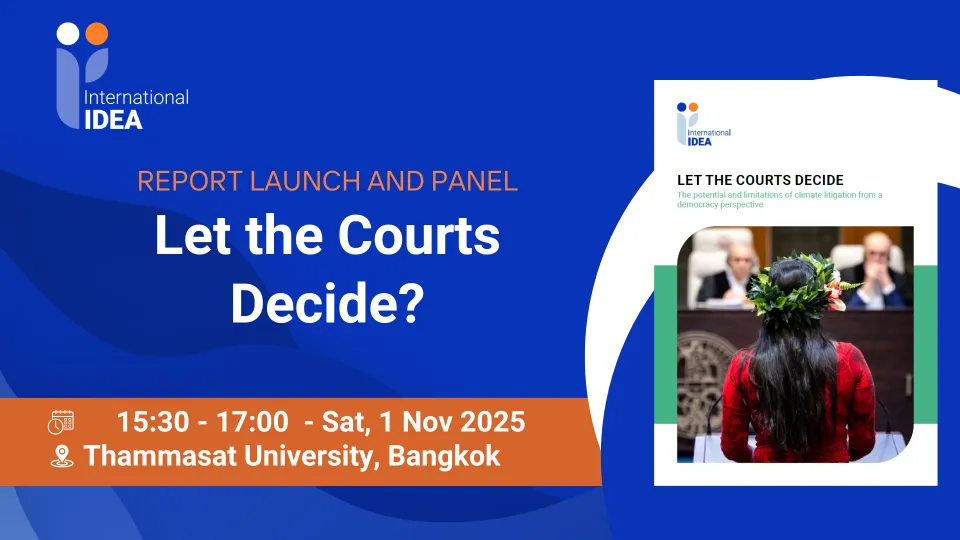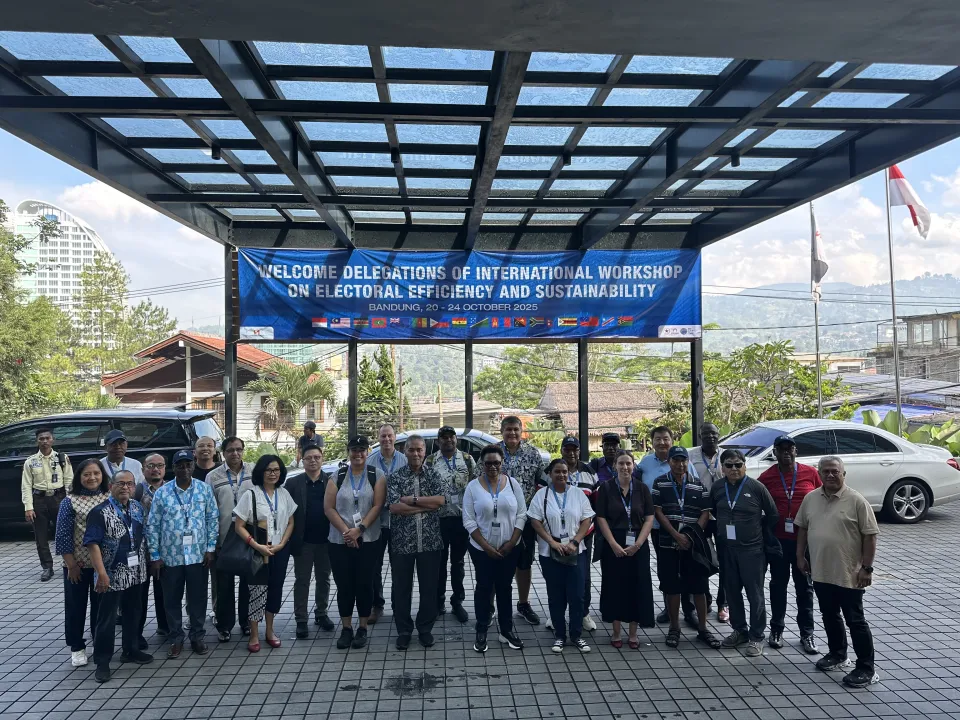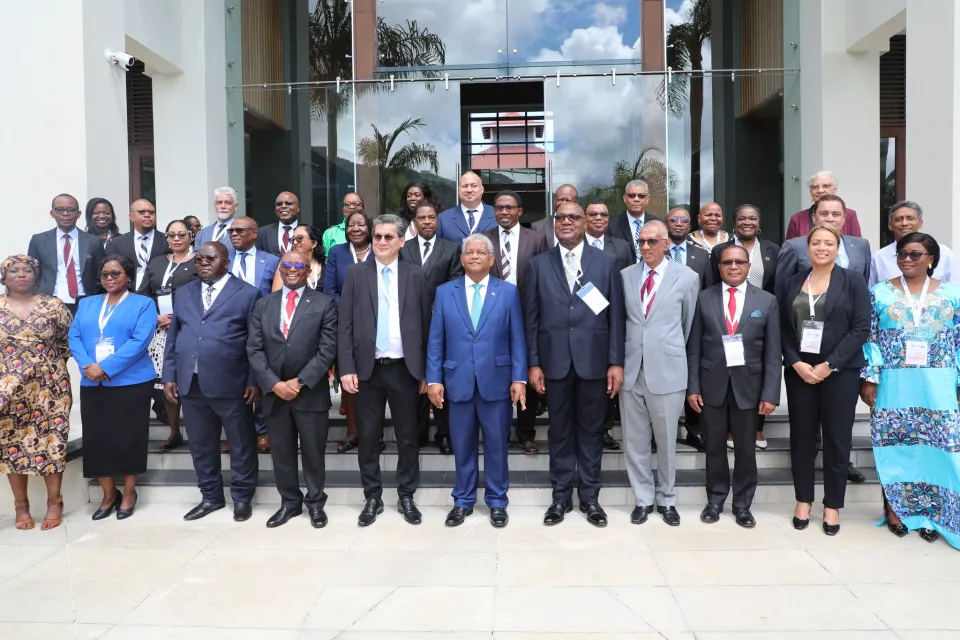Second round, run off ballots (ballotage), are currently the trend in Latin America: of the seven presidential elections expected this year, a second round is provided for legally in six countries (Panama is the sole exception).
On 6 April 2014, Costa Rica held an unprecedented second round, after the ruling party candidate gave up campaigning and suffered a crushing defeat. In El Salvador, the second round held on 9 March 2014 was heart stopping: the difference between the first and second placed candidates was 0.22% and this brought about an electoral crisis (ARENA claimed rigging and refused to accept the results), which was happily resolved with the passing of time.
Almost certainly (barring a surprise), the results of the presidential election in Colombia on 25 May 2014 will bring about the need for a second round to determine if President Santos is reelected. Also, it is highly probable that there will be a run off in some of the presidential elections to be held at the end of the year: Bolivia (least likely), Brazil (there is no clear prediction yet), and Uruguay (probable enough).
Origin and modalities
‘Ballotage’ derives from French constitutional law, which was regulated for the first time in 1852 and reappeared in the Constitution of the 5th Republic. One distinct feature of the regulations of ballotage in Latin America is that, unlike the French model (which is used to elect both the President and the congress), in Latin America (except Haiti) it is used only to elect the chief executive.
Elections in Costa Rica, 2014
Photo ©: Andrea Milla/IDEA
The second round is one of the most common electoral reforms implanted in Latin America during the Third Democratic Wave. The prevailing regional trend to elect the chief executive saw the system of ‘relative majority’ replaced by ballotage or a second round.
As a result, today 12 of the 18 nations (in addition to Haiti, whose case we will not discuss in this article) regulate ballotage. In eight cases, the majority required is 50% plus one of the votes. Costa Rica, on the other hand, requires a lower percentage: 40% of the votes plus one. In Ecuador and Bolivia it is 50% plus one, or 40% where there is more than a 10 point difference, and in Argentina it is 45% plus one or 40% with more than a 10 point difference.
Only Mexico, Honduras, Panama, Paraguay and Venezuela do not consider it and, since early 2014, neither does Nicaragua, which has just returned to the relative majority system.
Virtues and weaknesses
Ballotage champions argue that the system has two desirable features: 1) granting a high level of legitimacy to the elected President, and 2) strengthening democratic governance by promoting the establishment of electoral coalitions in the period between the first and the second round, which can become government coalitions later on.
Its detractors point out that it creates less incentive for casting a strategic vote in the first round, which favours an increase in the number of parties participating. Also, they warn that, indirectly, it promotes hurdles for governance because with the legislative and executive elections usually being held simultaneously in the first round, there is a risk that a President elected in the second round will not have majority support in Congress.
A clear example of this problem is the current configuration of the Legislative Assembly in Costa Rica, which has a high level of fragmentation and where PAC –the party of the recently elected president Luis Guillermo Solis (who was supported by one of the largest majorities ever in Latin American history (77.8% to 22.2%)—has only 13 of the 57 seats.
Meanwhile, in El Salvador, President elect Salvador Sanchez-Ceren will have to contend during his five-year term in office with three different parliaments (its members are elected every three years). Even though one of the advantages of this institutional arrangement is preventing simultaneous presidential and parliamentary elections (thus averting the dragging effect of the first round over the second), it potentially complicates the governance.
Reversion of results and electoral turnout
The comparative analysis that we have made of more than 130 presidential elections in Latin America after 1978, shows that a second round does not alter the initial result in those cases where the winner of the first round was considered ‘the lesser evil’ by a majority of the voters, even though they may not be the favourite candidate. This rule was confirmed both times when Costa Rica had to stage a second round (2002 and 2014), as well as the three times when El Salvador held a ballotage (1984, 1994, and 2014).
Elections in Costa Rica, 2014
Photo ©: Andrea Milla/IDEA
On the contrary, result restructuring (RR from now on) takes place when a majority of the voters share a ‘negative consensus’ about the candidate who won the election in the first round, and vote in the second round for the candidate who ran second in the first one.
In such cases, only a second round enables the voters to establish a new majority and thus prevent that a highly unpopular candidate who won the first round becoming President.
Of the more than 130 presidential elections that took place between 1978 and April 2014, 76 were held under the principle of ballotage. In 40 of these 76 cases, a second round was necessary. And in 30 of these 40 elections, the winner of the first round also won the second one. In only nine of these elections there was RR and in one (the Argentine elections in 2003), the candidate who ran first in the initial election, former President Carlos Menem, did not show up for the second round and Nestor Kirchner was appointed President for the 2003-07 term.
As we can see, RR is little likely but not impossible, because it has occurred once in Guatemala (1991), The Dominican Republic (1996), Colombia (1998), and Uruguay (1999); twice in Peru (1990 and 2006); and three times in Ecuador (1984, 1996, and 2006).
The regional trend is that turnout decreases for second rounds. Of the 40 ballotages, turnout decreased in 23 cases and increased in 15 (there are no available data for the 1984 election in El Salvador and in Argentina the 2003 second round was not actually staged). In the two most recent ballotages, both trends were present: turnout decreased in the second round in Costa Rica (from 68.8% to 60.2%), but it increased in El Salvador (from 55.31% to 60.17%).
My opinion: The introduction of ballotage in the region has brought some benefits but also major risks and negative consequences or undesired effects. The modified institutional grafting of the original French model onto our reality (above all by limiting ballotage to the presidential election and applying it in a presidential system) and the doubtful results achieved in practice (regarding its leading goals) in a large number of the nations which currently regulate it, point to the need of careful analysis on the benefit of keeping it effective and determining the best reform options available to improve its effectiveness.






